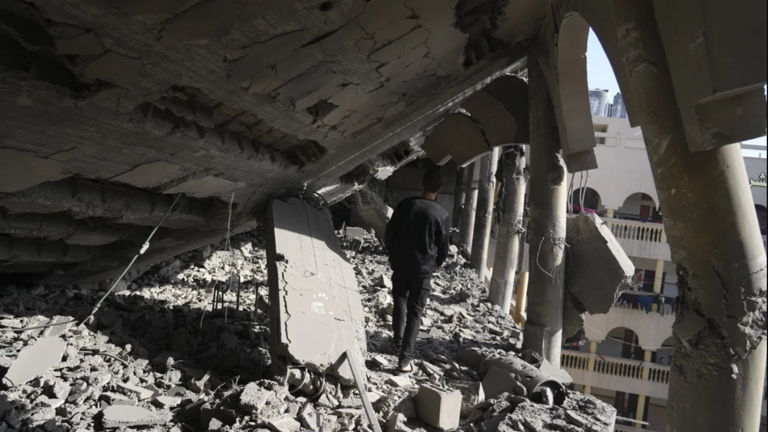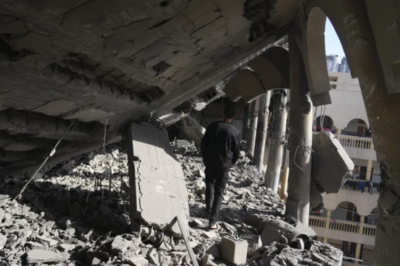
- Israel launched massive airstrikes on Hamas targets in Gaza, killing at least 413 people in a single day.
- The attack follows Hamas’ rejection of Israel’s ceasefire terms, leading to an escalation of the conflict.
- Israel signaled further military action, ordering evacuations in eastern Gaza, raising fears of a full-scale ground operation.
Why Did Israel Resume Attacks on Gaza?
The ceasefire agreement, in place since January 19, fell apart after Hamas refused to accept Israel’s proposed changes. In response, Prime Minister Benjamin Netanyahu authorized one of the deadliest military campaigns seen in months, with officials confirming that operations will continue.
The Israel Defense Forces (IDF) stated on social media that it was targeting Hamas military sites across the region. The White House also confirmed that the US was consulted before the strikes and expressed support for Israel’s actions.
The strikes occurred during Ramadan, a time of religious significance, adding to the intensity of the conflict. The situation has raised serious concerns about Israeli hostages still held by Hamas, with their safety now uncertain amid the renewed bombardment.
Is a Ground Invasion Next?
Israel has ordered thousands of residents in eastern Gaza to evacuate, including those in Beit Hanoun and nearby areas. This signals that ground operations could soon resume, further escalating the war.
The violence is part of a broader regional conflict, with Iran-backed groups also facing attacks. The US has launched strikes on Iran-allied rebels in Yemen, while Israel has conducted attacks against militants in Lebanon and Syria.
With both sides refusing to back down, Gaza faces the deadliest phase of fighting since the war began—and the situation remains extremely volatile.








































Leave a Reply